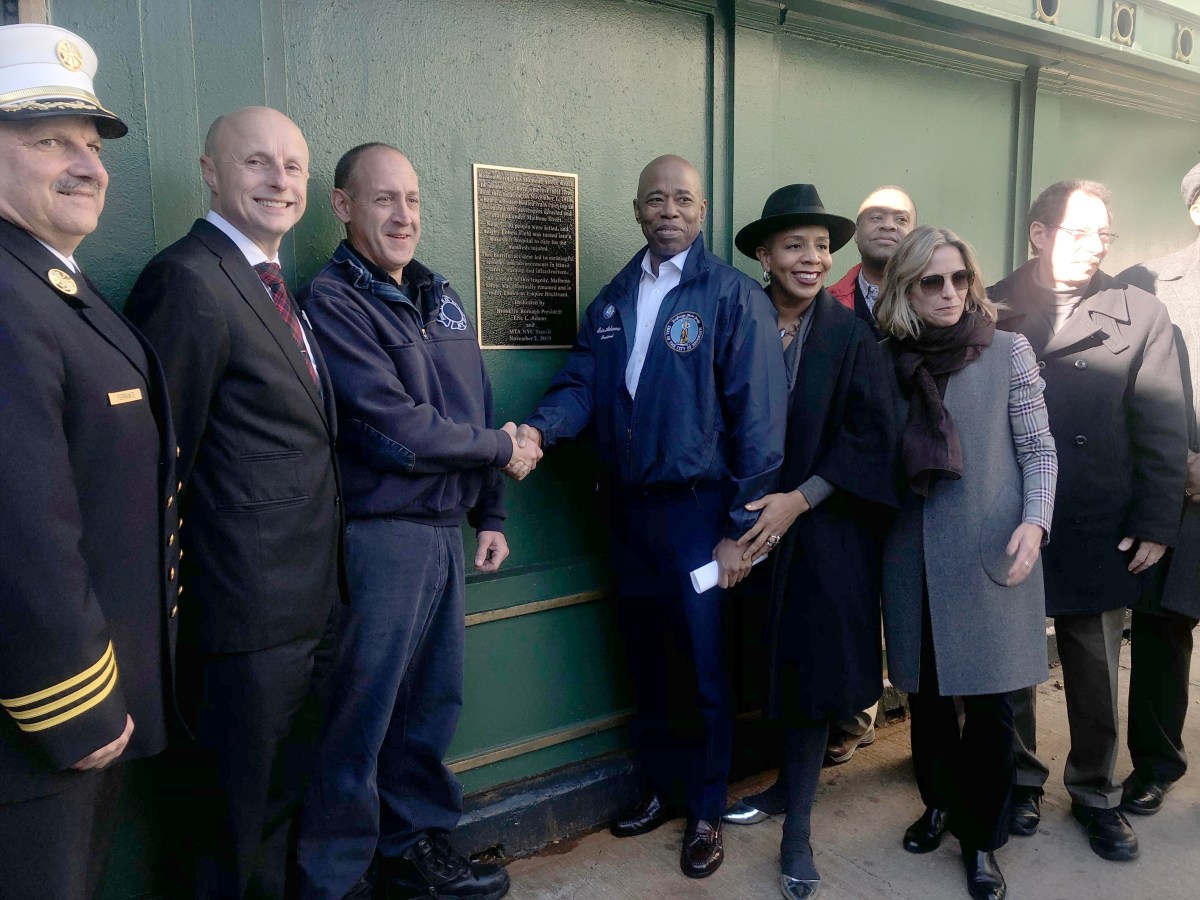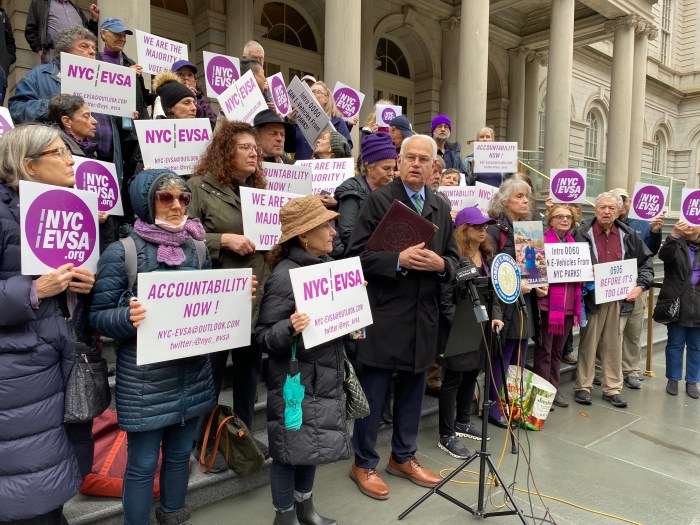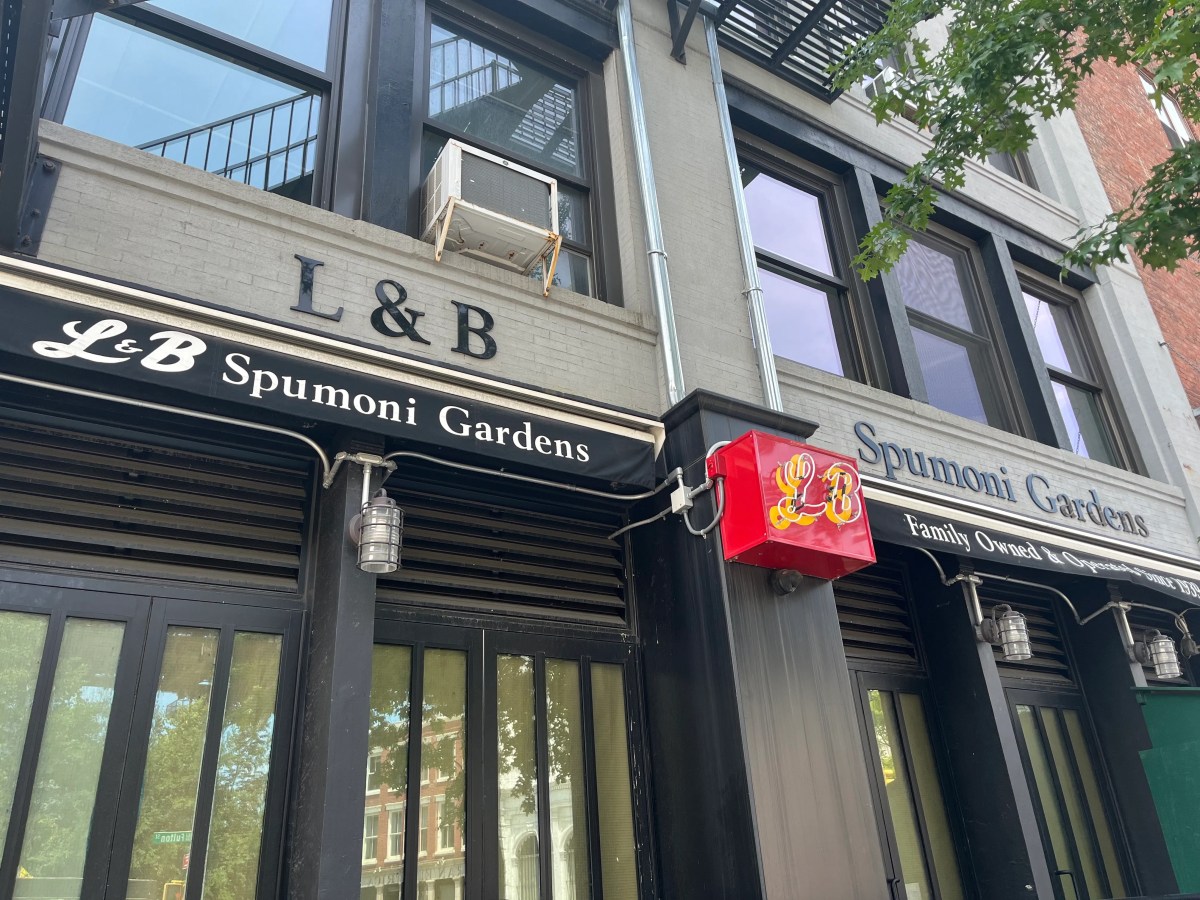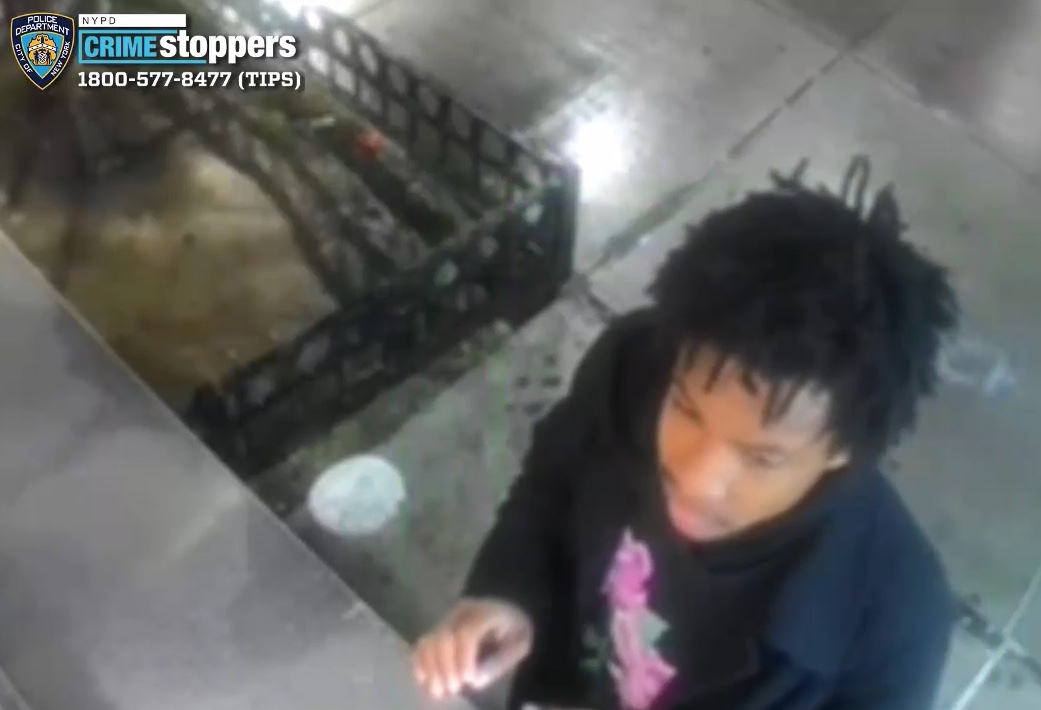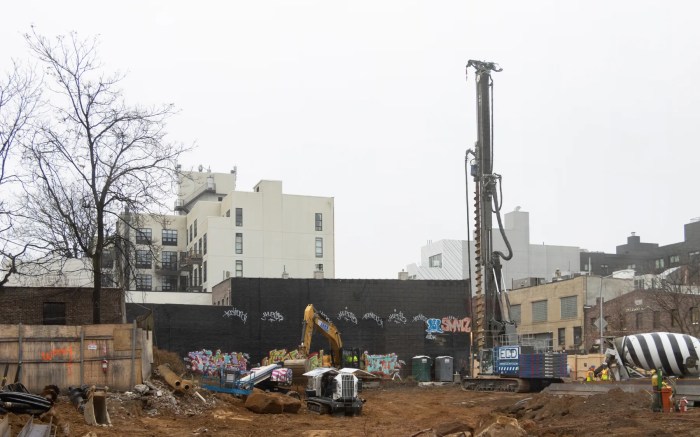The city’s deadliest train crash has received its first physical commemoration.
At least 93 commuters died back on Nov. 1, 1918, when a speeding train derailed in a train tunnel under Prospect Park, on what now serves the Q and B trains. Officials on Friday unveiled a new plaque and street signs to commemorate the tragedy, known as the Malbone Street Wreck, which lead to dramatic safety and policy reforms in the city’s transit system.
“[We] use this plaque and this moment has a reminder of how imperative it is that we have a safe clean efficient transportation system,” said Brooklyn Borough President Eric Adams at the unveiling.
The crash took place at the tail-end of rush hour that day, at about 6:41 p.m., when an inexperienced motorman operating a wooden train barreled into a sharp curve of the tunnel at about six times the suggested speed limit.
The train careened violently into the tunnel wall, sheering off its wooden roofs and sidings. In the painful aftermath, Malbone Street was renamed Empire Boulevard.
The plaque hangs on at the northern entry to the Prospect Park station and a street sign reading “Malbone Centennial Way” was hung on the corner of the station on Empire Boulevard.

The tragedy was the impetus to move from wooden to steel train cars and to revise worker rules and to bring new upgrades to the signal system to safeguard against speeding trains — safeguards the MTA is still working with today.
“In remembering those that died, something good always comes out of tragedy,” said Transit President Andy Byford. “And in this specific case what has come out of that tragedy is the exponential improvement in the safety of mass transit.”
On the morning of the crash, the Brotherhood of Locomotive Engineers went on strike. The Brooklyn Rapid Transit company, in an attempt to keep service moving, thrusted employees from offices onto the tracks.
The train’s operator, 23-year-old Edward Luciano, was a dispatcher with no experience moving commuter trains. Luciano, who survived the crash, had a reported two hours of experience under his belt for a job that required 60 hours and was working the second half of a double shift at the time. He had also recently lost his infant to the Spanish flu epidemic and was having trouble sleeping, The New Yorker reported.
“By all accounts, on Nov. 1, 1918, every bad thing that could come together did come together in the worst possible ways leading to the tragedy that ensued: World War I, the Spanish flu, the labor dispute, inconsistent training…they all played a role,” said Concetta Anne Bencivenga, the director of the New York Transit Museum. “And what happened here on that that day would have an impact that lasted throughout the last century and indeed into today.”



